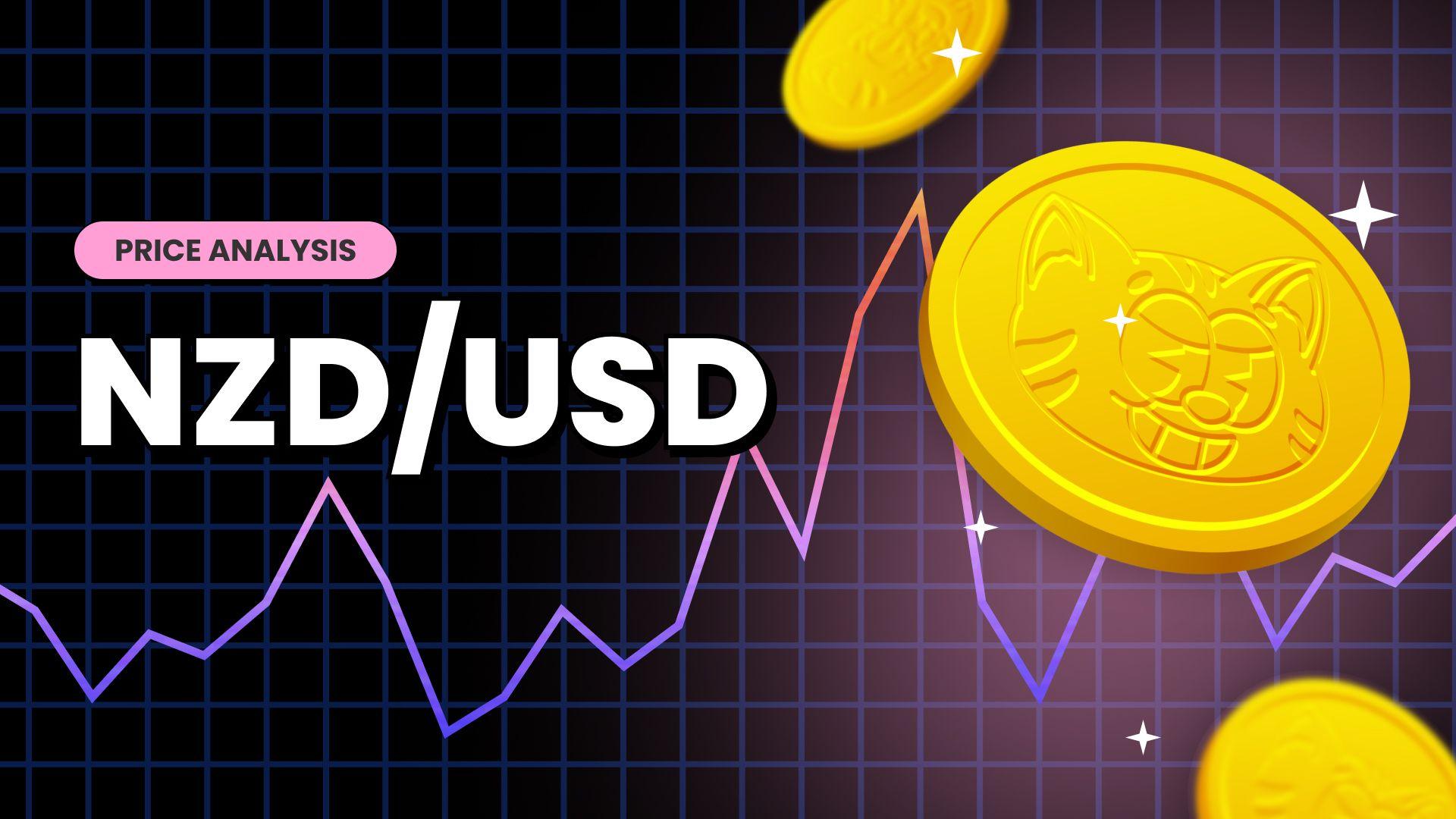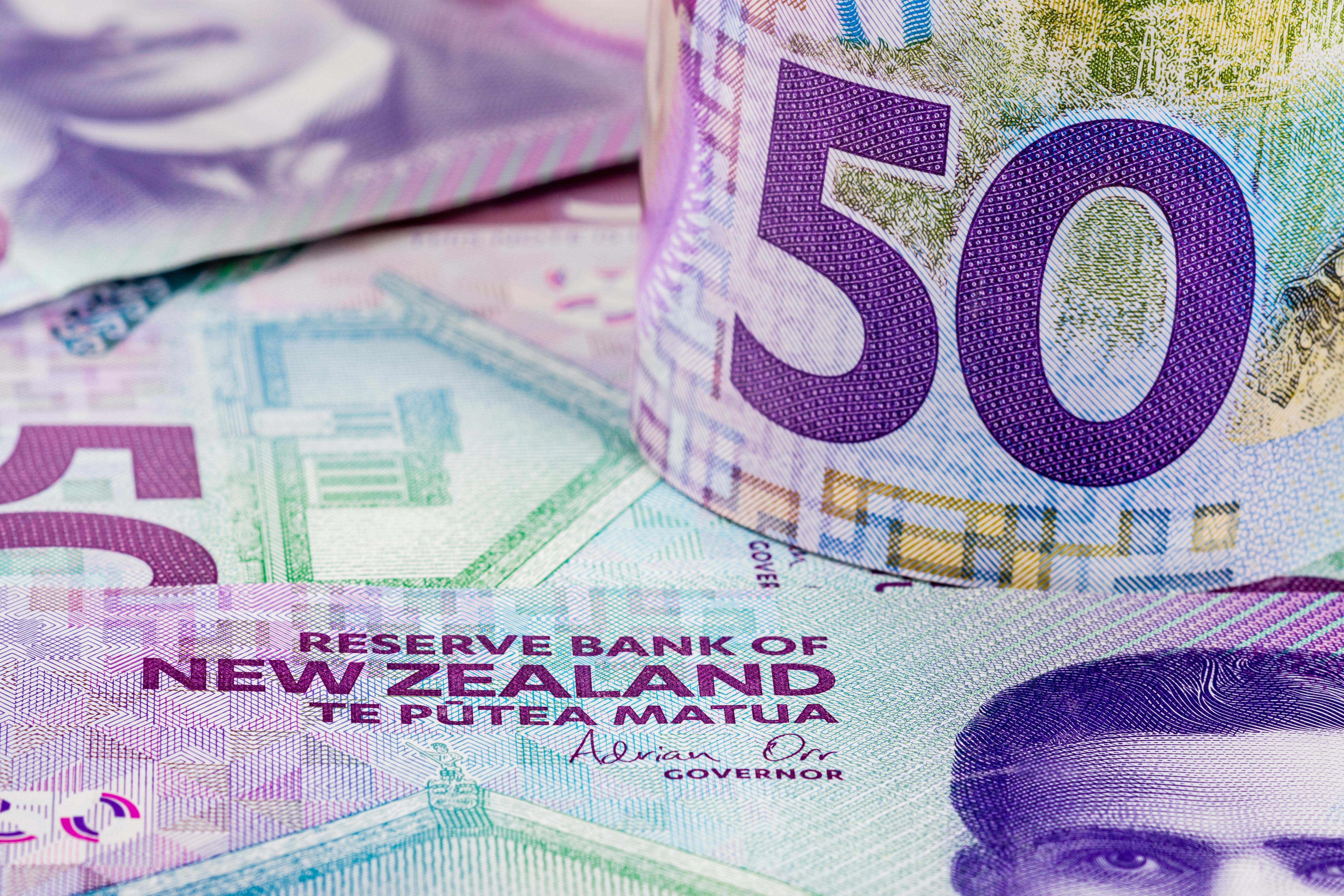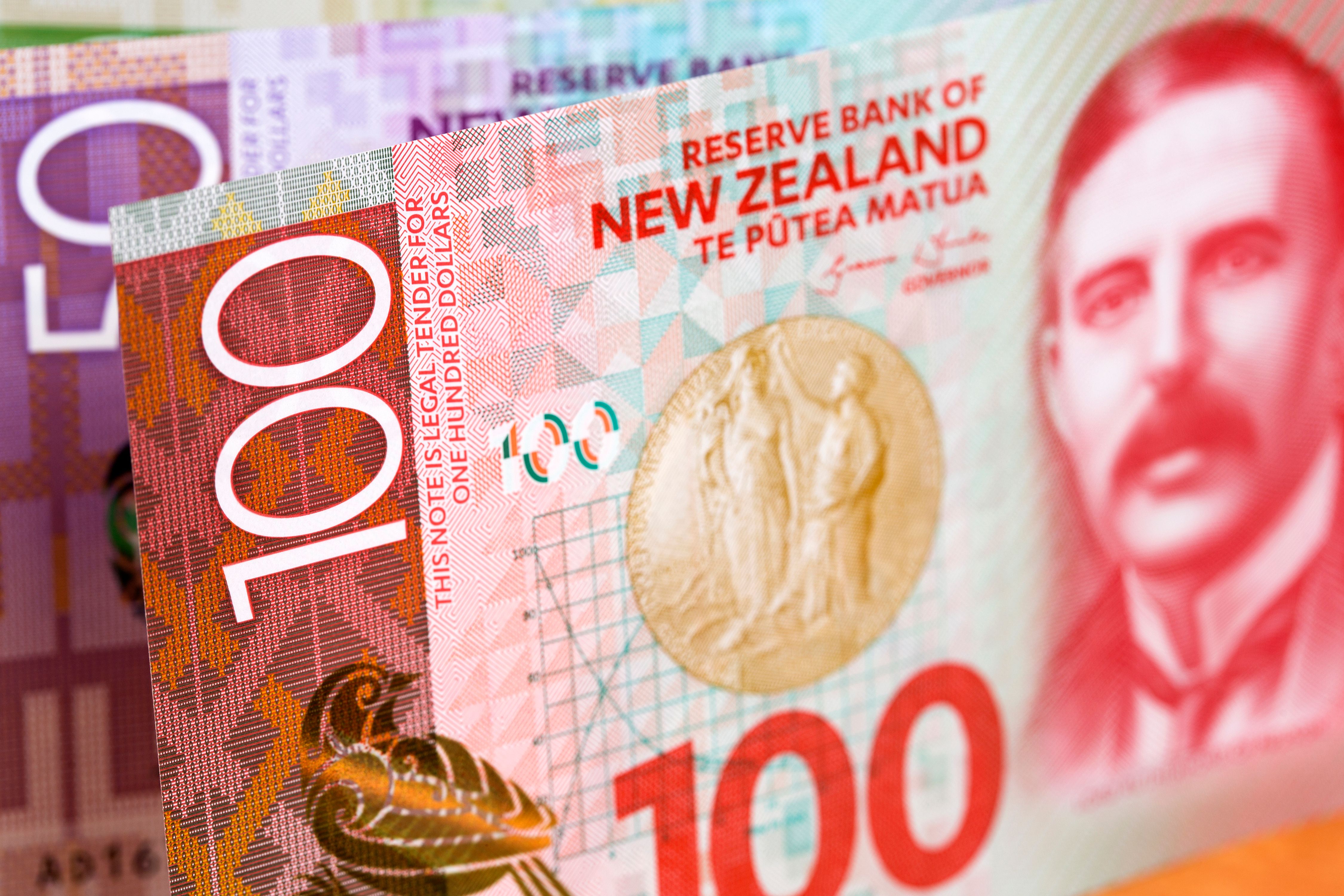Kiwi Rises Above 0.60700 Mark On Hawkish RBNZ Monetary Policy Guidance, U.S CPI Data Eyed






Key Takeaways:
- The Kiwi rose above the $0.60700 mark on Wednesday during the Asian session, supported by the latest RBNZ decision.
- The Reserve Bank of New Zealand held its cash rate steady at 5.5% but offered a more hawkish outlook on monetary policy.
- Subdued U.S. dollar price action continues to act as a tailwind for the NZD/USD pair.
- Markets look forward to the release of the key U.S. inflation data report, Headline inflation and core inflation is expected to have slowed down in March.
The Kiwi rose to around 0.60700 per dollar on Wednesday during the Asian session, hitting its highest level in three weeks as the Reserve Bank of New Zealand held interest rates steady and offered a more hawkish outlook on monetary policy than the market anticipated.
The Reserve Bank of New Zealand (RBNZ) on Wednesday announced at the conclusion of its April monetary policy meeting that it had held its official cash rate (OCR) steady at 5.5%, extending the rate pause for a sixth consecutive time. Policymakers noted that ongoing restrictive monetary policy settings are necessary to reduce inflation, while avoiding unnecessary instability in output, employment, interest rates and the exchange rate.

The accompanying monetary policy statement (MPS) showed that the Committee agreed that interest rates need to remain at a restrictive level for a sustained period to ensure annual consumer price inflation returns to the 1 to 3 percent target range.
Wednesday's decision was widely expected as there had not been a material change since the February Statement and monetary policy settings had continued to constrain demand broadly as expected. Furthermore, while the country’s headline inflation slowed to a two-and-a-half-year low of 4.7% in Q4 of 2023, it remained well above the target level of 1% to 3%.
That said, markets perceived the RBNZ monetary policy statement as more hawkish than initially expected, which in turn saw the Kiwi attract aggressive bullish bids, causing it to rise by as much as 0.27%/16.5 pips against the buck to trade around the 0.60700 region on Wednesday during the Asian session.
Shifting to the U.S. docket, the greenback continues to be depressed, trading below the $104.160 mark on Wednesday as uncertainty about the timing of the rate cuts and rising geopolitical risks continue to weigh heavily on the safe-haven currency and turn to be another factor helping exert upward pressure on the NZD/USD pair.
Despite this, firm market expectations that the Fed will leave rates unchanged during the May meeting and start cutting rates during the third quarter of 2024, presumably during the June meeting, remain supportive of the buck and suggest the path of the least resistance for the NZD/USD cross is to the downside.
In fact, the bets were raised following Friday’s stronger-than-expected U.S. jobs report, which matches other previous job data, including last month’s NFP numbers, in underscoring tightness in the US labor market, adding leeway for the central bank to prolong its hawkish stance through 2024.

The strong job numbers in March, for a fact, suggest that the Fed will now have to wait further before starting to cut rates. In fact, the chances of a June rate cut following the U.S. jobs report have lessened than before, as seen at CME’s Fed Watchool with the current pricing at 50.8% from 61.8% one week ago.
That said, incoming U.S. CPI data will further help determine the trajectory of the Fed’s policy move and indicate whether the Fed will start cutting rates in June. According to market consensus, headline inflation is expected to have slowed down to 0.3% in March from 0.4% in February. Additionally, excluding food and energy, core inflation is expected to have also slowed to 0.3% in March from 0.4% in February.
As we advance, traders look forward to the U.S. docket featuring the release of the key U.S. inflation data report during the early North American session. The data report would cause heavy volatility in the market and impact the U.S. dollar's strength. The data report would further help determine the next leg of directional move for the NZD/USD pair.


